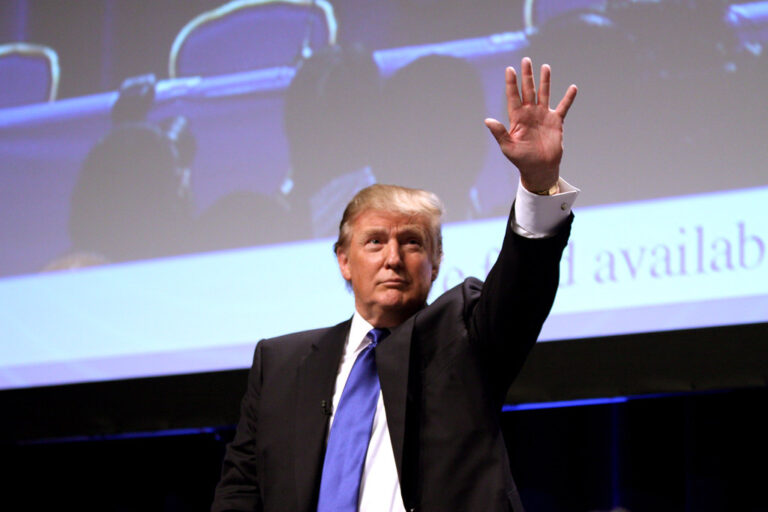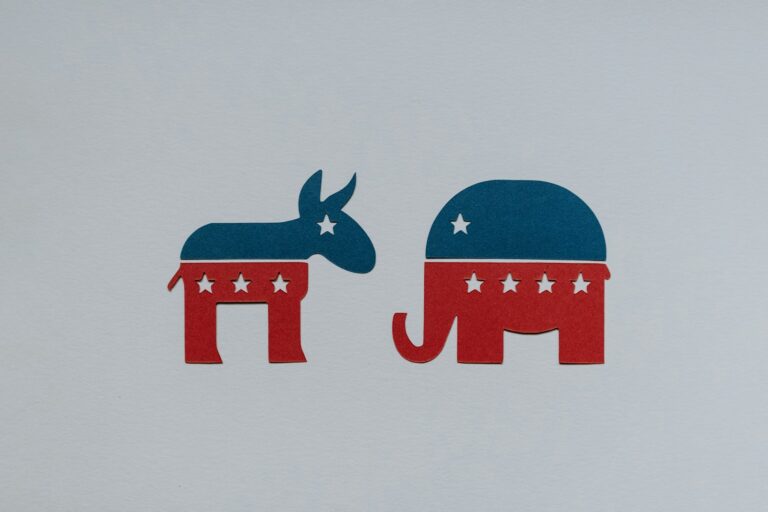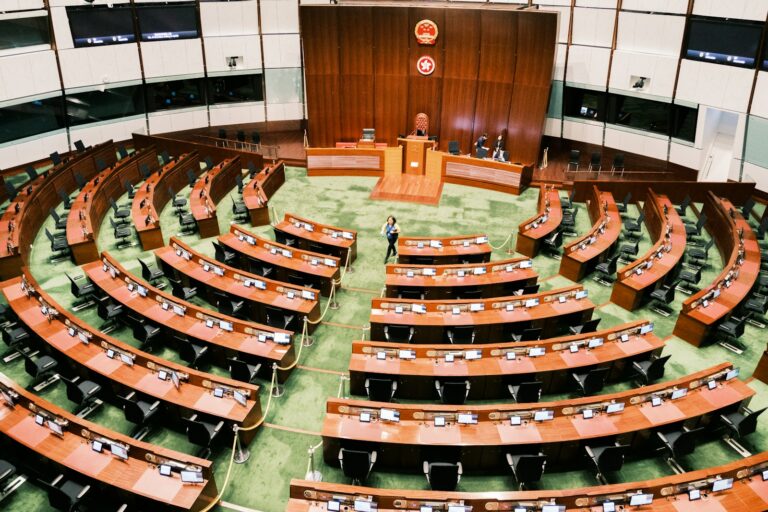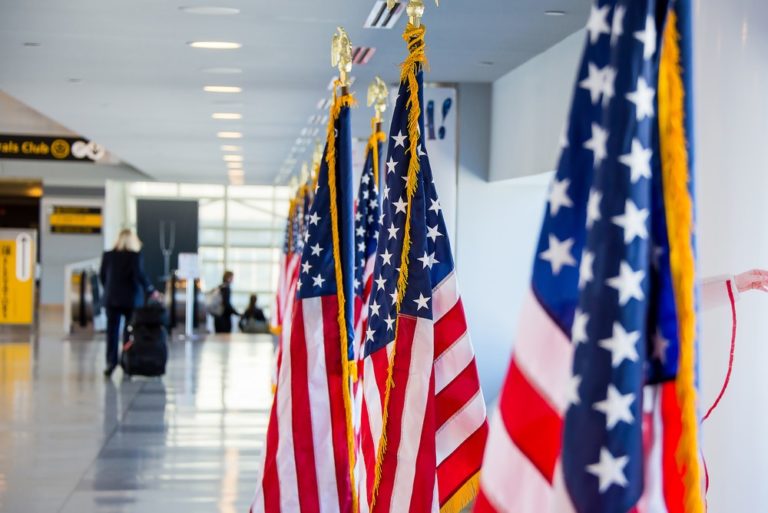Key Takeaways
– President removed the head of the main jobs data agency over weak numbers
– Analysts warn that political pressure can break trust in government data
– More than fifty years ago President Nixon also doubted labor figures
– Unlike Trump, Nixon avoided firing civil servants for political reasons
– Experts fear today’s move could harm policymaking and market confidence
Introduction
President Trump recently dismissed the leader of the national jobs data agency. He claimed the numbers were rigged by political rivals to make him look bad. His action alarmed experts who see a threat to the integrity of economic data. Historians now compare his moves to those of President Nixon in the early 1970s. While both leaders felt betrayed by federal data, only Trump made the firing public and immediate.
Presidents Under Pressure
Leaders often depend on data to guide policy. Therefore they expect accurate and supportive reports. When numbers fall short, they can feel frustrated or betrayed. In both Nixon’s and Trump’s cases, weak unemployment data sparked anger. However the presidents reacted very differently in how far they would go.
Nixon and His Data Doubts
In the summer of 1971, President Nixon grew angry about rising jobless figures. He suspected that staff at the Bureau of Labor Statistics were downplaying his success. As a result he ordered his top political aide to investigate the data experts. Nixon feared sabotage by civil servants who disagreed with his policies. Yet he stopped short of firing any officials until they resigned two years later. In private meetings he vented frustration, even using hateful language about certain groups. Still he refused to risk public backlash by firing the BLS head on a whim.
Trump Takes a Step Further
By contrast President Trump moved quickly to remove the BLS chief. He openly accused Democratic operatives of cooking the books. He offered no evidence for those claims. His critics say this public attack breaks a long standing tradition of political neutrality. In this case, the agency leader lost her job within days of the critical report. In doing so President Trump became the first ever to sack a top labor statistician in office.
Breaking Norms of Presidential Conduct
Traditional norms once limited how presidents treated civil servants. Even Nixon felt bound by these rules of restraint. He worried that firing a bureaucrat without cause would trigger public scorn. In contrast today’s administration shows little interest in internal checks. White House staff and cabinet members have not stepped in to stop the dismissal. As a result the president’s actions went unchecked and unfolded in plain view.
Why Data Integrity Matters
Economic data guides everything from interest rate decisions to social programs. Investors and policymakers rely on accurate reports to make sound choices. If they doubt the data they lose confidence in the market. Moreover they may overreact to incomplete or biased information. Thus any hint of political meddling can cause real harm to the economy.
Potential Consequences of Political Pressure
When federal reports face political interference their quality can decline. Analysts may avoid raising red flags for fear of losing their jobs. Over time this dynamic can erode the culture of honesty inside agencies. As a result the public may distrust all official statistics. In turn lawmakers could pass less effective policies based on skewed data.
Comparing Two Presidencies
Both Nixon and Trump saw federal data as a weapon against them. Both felt betrayed when reports did not match their expectations. Yet Nixon chose indirect methods of pressure behind closed doors. Trump took a direct public route that broke historical precedent. Nixon waited for the official’s voluntary exit two years later. Trump fired his data chief in a matter of days.
The Role of Senior Staff
Under Nixon the president’s chief of staff helped check extreme impulses. He resisted Nixon’s calls for immediate firings. This internal brake kept the president from acting on suspicion alone. Today’s White House lacks a similar internal counterbalance. As a result no one stopped the president from firing the labor statistician.
Reassuring the Public After the Firing
In the wake of the dismissal, experts called for new safeguards. They urged Congress to protect the independence of data agencies. Moreover they asked for transparent procedures for dismissals. Such steps could help restore trust in official reports. Otherwise uncertainty may spread across markets and policy circles.
What Happens Next
In the coming weeks Congress may hold hearings on the firing. Reporters will examine the legal basis for the president’s move. Meanwhile financial markets could react to rising doubts about data quality. Public confidence in economic numbers may waver. If so, the costs could reach far beyond politics.
Lessons for Future Administrations
This episode shows the power of norms to restrain leaders. When internal checks exist, presidents can think twice before acting rashly. Without them, political pressure can reach deep into the civil service. Future administrations may need to build new guardrails. These could include clear rules on how and why data officials can be removed.
Conclusion
President Trump’s firing of the top jobs statistician marks a notable break from past practice. Unlike Nixon, he chose a public and abrupt removal. Historians see echoes of old presidential paranoia about data. Yet today’s move highlights a greater willingness to bend rules. As a result our nation must consider how to protect the integrity of vital economic information. In doing so we can help ensure that data remains a trustworthy guide for policymakers and citizens alike.










